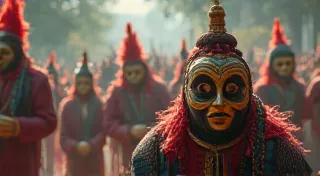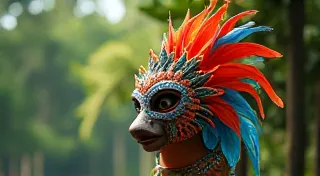Guatemalan Masks: Traditions from the Maya to Modernity
Guatemala's mask-making traditions are a vibrant tapestry woven from ancient Mayan rituals, colonial influences, and contemporary artistic expression. These aren't simply decorative objects; they are powerful conduits for storytelling, spiritual connection, and the preservation of cultural heritage. This article delves into the fascinating history and symbolism behind Guatemalan masks, tracing their evolution from the pre-Columbian era to the modern day.
The Mayan Roots
The practice of mask making in Guatemala predates the arrival of the Spanish. Mayan civilization, with its complex mythology and sophisticated understanding of cosmology, utilized masks extensively in religious ceremonies, agricultural rites, and dances honoring deities. These early masks, often crafted from wood, stucco, and occasionally precious materials like jade, represented gods, ancestors, and animals, playing a vital role in maintaining balance and harmony within the community. They were instruments for summoning and embodying spirits, facilitating communication between the human and divine realms.
Evidence of these ancient masks can be seen in surviving Mayan stelae and murals, though very few original artifacts remain intact due to the ravages of time and the deliberate destruction by Spanish colonizers who sought to eradicate indigenous beliefs.
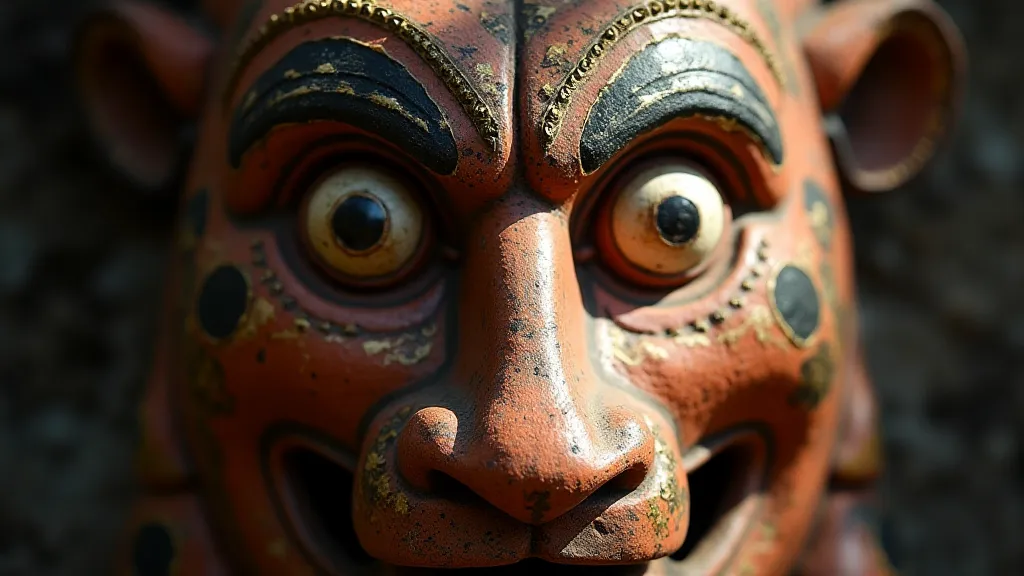
Colonial Influences and Transformation
With the arrival of the Spanish, indigenous practices faced suppression. However, rather than disappearing completely, many traditions adapted and were incorporated into a syncretic blend of indigenous and Catholic beliefs. Mask making was no exception. While the original meaning of many masks was altered, the practice itself continued, often incorporated into religious festivals and celebrations.
Spanish colonization brought new materials, like European textiles and pigments, impacting the aesthetics and techniques of mask creation. The portrayal of Christian figures, like saints and demons, became common alongside traditional Mayan representations, resulting in a fascinating and complex visual language that speaks to the cultural exchange and power dynamics of the colonial period.
Regional Variations & Notable Masks
Guatemala's diverse geography and ethnic groups have given rise to a wide range of mask-making traditions, each reflecting unique cultural identities and historical experiences.
- Rabinal Achi Masks: The Rabinal Achi people, located in the highlands, are renowned for their *Moros y Cristianos* (Moors and Christians) dance-drama, featuring incredibly detailed wooden masks representing Spanish conquistadors and Mayan warriors. These masks are considered some of the most technically sophisticated in the country.
- Sacapulteco Masks: In the Sacapulteco region, masks are often used in the *Romance* festival, depicting characters from Spanish folklore and mythology, often with exaggerated and comical features.
- Lake Atitlán Masks: The masks of the Lake Atitlán region, particularly those associated with the *Bajada del Santo Domingo* festival, often depict demons and devils, demonstrating a fascinating blending of Catholic iconography with indigenous beliefs about the underworld.
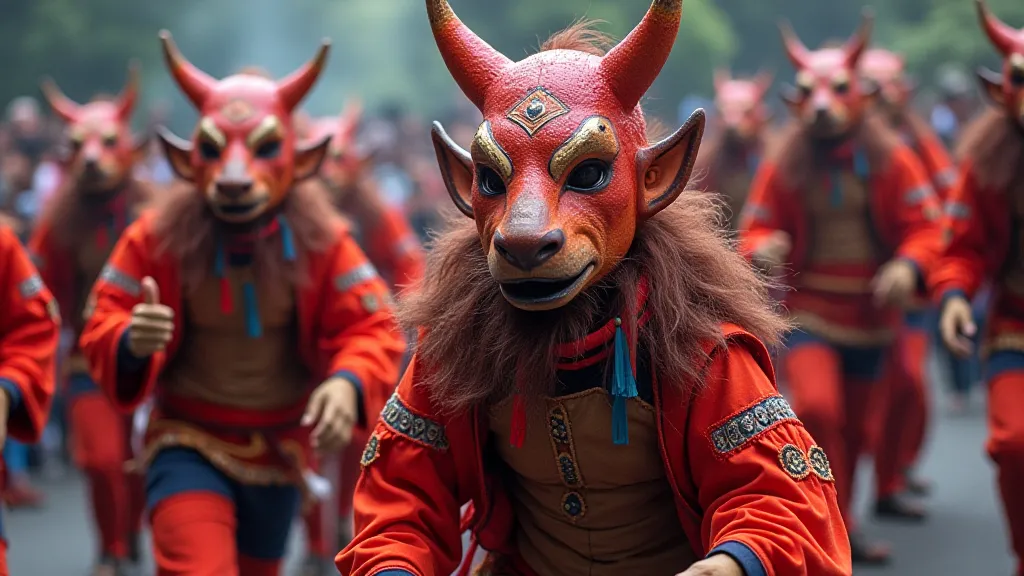
Modern Mask Making & Preservation
Today, Guatemalan mask making continues to thrive, passed down through generations of artisans. While maintaining the traditional techniques and designs, modern mask makers are also experimenting with new materials and artistic expressions. The masks are not just artifacts of the past; they are actively contributing to the cultural vitality of Guatemala.
Efforts are underway to preserve these traditions, including documenting the techniques of master artisans, supporting local mask-making communities, and promoting cultural awareness both nationally and internationally. The masks serve as powerful reminders of Guatemala's rich heritage and the resilience of its indigenous cultures.
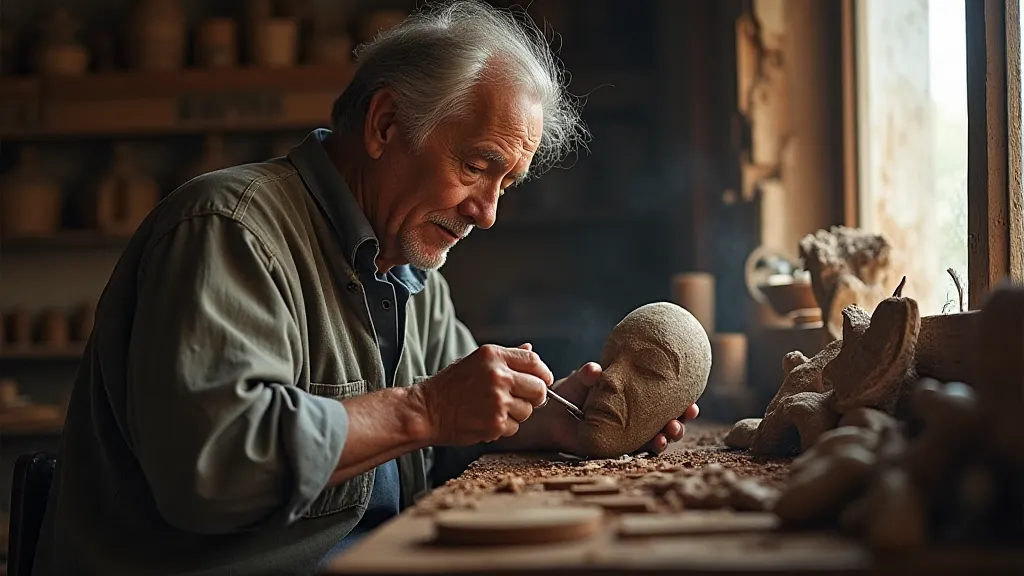
Conclusion
The masks of Guatemala represent far more than mere decorative items. They are living embodiments of a culture that has endured and adapted through centuries of change. By understanding the history, symbolism, and artistry behind these masks, we gain a deeper appreciation for the profound cultural heritage of Guatemala and the enduring power of tradition.


